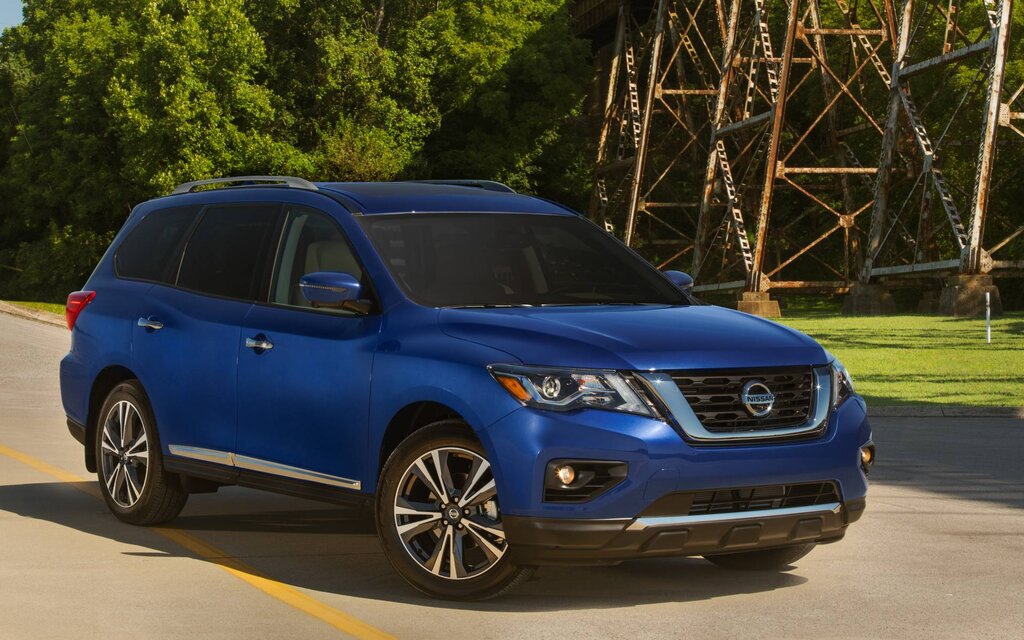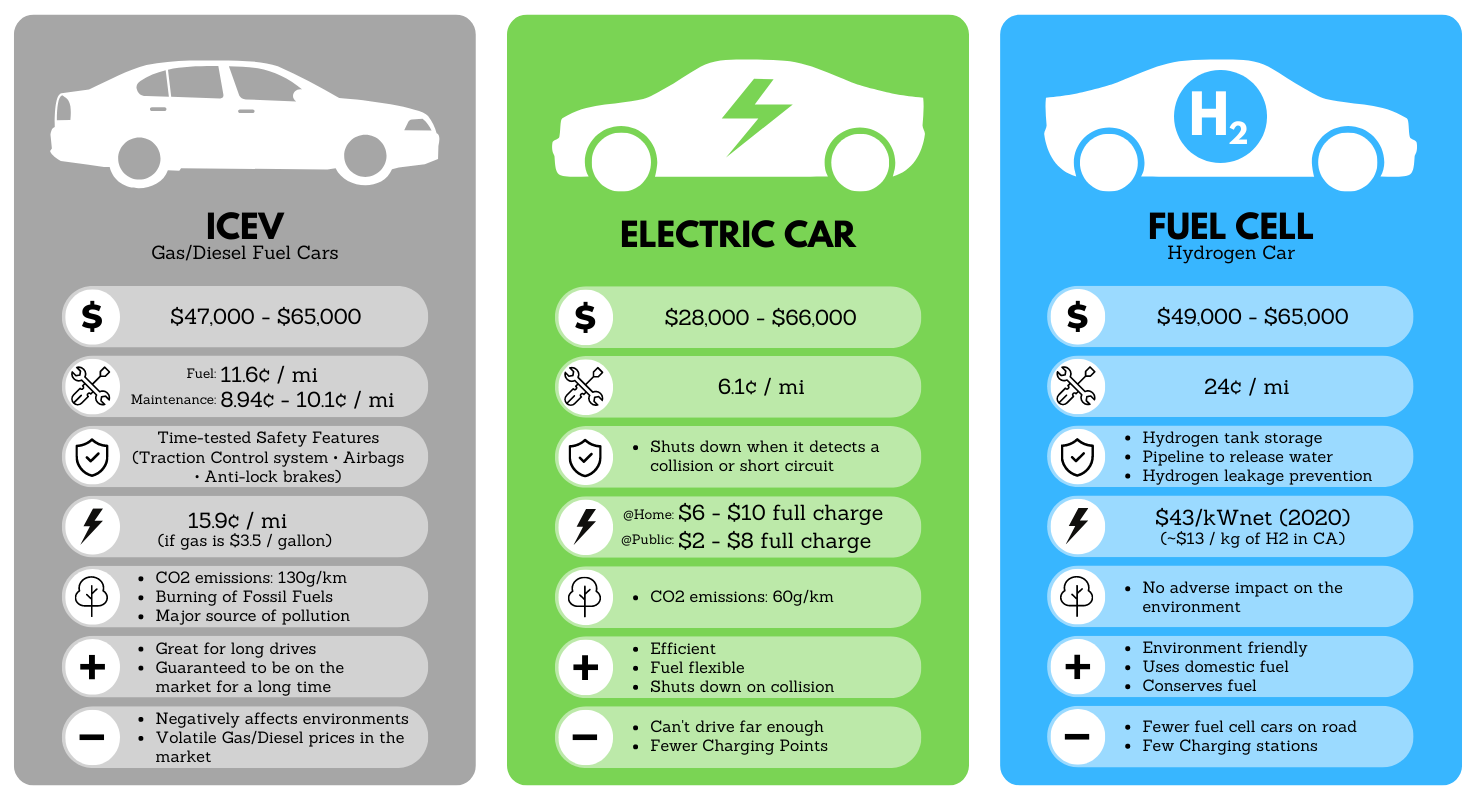
When buying a car, our choices are mostly influenced by the overall style, price, and of course, the performance. We all know cars can cost too much. Even a secondhand vehicle will still require quite an amount these days. This is also the reason why most buyers are very particular with their purchases. After all, it is their hard-earned money we’re talking about!
According to the Australian Bureau of Statistics, Australia had a total of 20.1 million registered motor vehicles in 2021. All states and territories reported an increase in registrations, but Queensland, South Australia, and the Australian Capital Territory have the largest increase compared to the 2020 data.
Here is the breakdown of the motor vehicle registrations by state and territory in 2021: New South Wales with 5,892,206, Victoria with 5,157,172, Queensland with 4,303,713, South Australia with 1,477,899, Western Australia with 2,314,712, and Tasmania with 516,451. Meanwhile, the Northern Territory had 162,641 motor vehicle registrations, and the Australian Capital Territory had 318,148.
The Canstar Blue survey in 2021 found that Australians spend an average of $40,729 on new cars. It also revealed that most Australian car owners consider their vehicles as long-term investments; therefore, it takes them about six years before deciding to upgrade their cars or switch to other models and brands.
These are the average costs of new cars by state according to the 2021 Canstar Blue survey: $40,682 in New South Wales, $38,598 in Victoria, $37,773 in Queensland, $35,396 in South Australia, $57,766 in Western Australia, and $35,259 in Tasmania.
Given how cars are considered a necessity, it is heartbreaking when they start acting up, causing inconvenience in our time and our bank accounts. Aside from repairs, service and maintenance, car owners also spend on insurance, registration, and fuel.
In the presence of modern technology, one can’t help but think about why we continue to encounter problems with our vehicles today. Before we talk about common car problems, let’s take a look back at the popular brands across Australia first.
Australian consumer advocates Choice reported in 2016 that most car buyers are satisfied with the performance of Mazda, Honda, Toyota, Suzuki, and Subaru, while Holden, Ford, Audi, Jeep, and Volkswagen were named the worst in terms of satisfaction and reliability.
Meanwhile, in 2020, Canstar Blue Research has also asked thousands of Australians with new cars to rate the brand they had the most reliable experiences with. Results showed high ratings for Mazda2, 3 and 6, Toyota Yaris and Corolla, Hyundai i30, Honda Civic and Subaru Outback.
In the history of cars, Japanese brands such as Toyota, Lexus, Mazda, Subaru, and Honda have been the most reliable for the longest time. South Korea-built cars such as Hyundai and Kia have also been impressive.
German, French and Italian cars have displayed a fair share of flair and faults, although many will agree that these cars have already improved significantly over the past years. However, Australian cars, which are now widely considered American and sometimes European, were stuck at the lowest reliability ranks. A perfect example would be the brand Jeep, and we’re going to talk about its reliability issues later!
Most common car problems
You can say a car is reliable if it has above-average abilities in the areas of acceleration, top speed, cornering, and braking. Other aspects such as responsive and tight steering, curve-hugging and flawless handling are also considered. If your car is underperforming in these areas, you are most likely to experience real problems.
According to the 2016 Report of Choice, two-thirds of all new car owners in Australia have experienced problems with their cars within the first five years, “with nearly 15 per cent of these resulting in nonoperational vehicles.”
Here are some of the most common problems recorded among popular car brands in Australia over the past ten years:
Automatic gearbox issue
Car brands: Ford LW Focus (2011-2015), Ford WT/WZ Fiesta (2010-2016), Ford BK EcoSport (2013-2016); Nissan Pathfinder (2013-2021), Nissan X-Trail (2014-2021), Nissan B17/C12 Pulsar (2012-2016)
Ford Focus was received positively because of its above-average comfort, safety and handling. However, the LW series 1 and 2 had experienced automatic gearbox issues. Its ‘Powershift’ DPS6 six-speed dry-clutch dual-clutch transmission (DCT), which is also fitted to the WT/WZ Fiesta light car and BK EcoSport small SUV, was reported to vibrate, shudder and hesitate before engaging gear over time, and even when in sound working order. It is important to note that while DCTs are highly effective, complex gearboxes would demand specialised servicing.
In response to this issue, later models have switched to an entirely different and less problematic six-speed torque-converter auto.
The Nissan Pathfinder (2013-2021), Nissan X-Trail (2014-2021), and Nissan B17/C12 Pulsar (2012-2016) offered a continuously variable transmission (CVT), which is an automatic gearbox with a belt between two variable-diameter pulleys instead of gears.
The belt may wear prematurely, or it may start slipping, resulting in shuddering and vibrations and may also lead to damage and breakdown. Nissan’s response to this issue? It quickly implemented the fixes, and the owner didn’t have to pay for the cost.
Defective diesel particulate filter (DPF)
Car brands: Toyota HiLux (2015-2018), Toyota Fortuner (2015-2018), Toyota Prado (2015-2018); Holden Captiva (2006-2018)
The Toyota HiLux, Fortuner SUV and Prado SUV, fitted with the 1GD-FTV 2.8-litre four-cylinder turbo-diesel engine, have all suffered from defective diesel particulate filter or DPF. These filters are built to capture harmful pollutants created in the combustion process and burn them off once the system reaches full operating temperature. However, the DPFs in these vehicles were alleged to be defective. According to the testimonies of some owners, engines tend to lose power, use more fuel, and are expected to wear and tear immediately.
Holden Captiva also experienced the same DPF issues, along with other reliability and quality problems such as engine troubles, oil leaks, timing chain failures, camshaft problems, transmission breakdowns and electrical system hiccups.
Dual-clutch transmission issue
Car brand: Volkswagen
Car owners have claimed faults and failures in Volkswagen’s direct-shift gearbox (DSG), also known as a dual-clutch gearbox. Auto EXPRESS explained that DSG is effectively two gearboxes in one, connected to the engine by two drive shafts. Aside from the gearboxes, there are also two clutches, and both are operated hydraulically by a mechatronics system.
The main issue in the DSGs was focused on the loss of oil pressure in the transmission, making vehicles undrivable. In 2019, over 100,000 vehicles spread among Volkswagen, Skoda and Audi models were recalled due to the same transmission problems in Australia alone.
Totally integrated power module (TIPM) issue
Car brand: Jeep WK2 Grand Cherokee (2012-2021)
The totally integrated power module (TIPM) is like the vehicle’s computerised brain that controls most of the electronic functions. The WK2-series Grand Cherokee’s TIPM was reported due to stalling engines, faulty starter motors, random power window and central locking failures, broken fuel pumps, intermittent horn and alarm activation, inactive cruise control, and a glitchy control system.
Too many issues for a popular car model in Australia, right? Aside from the defects mentioned above, the WK2-series Grand Cherokee models made before 2016 also had troubles with automatic transmission and rough and clunky operation. This car was loved for its handsome and spacious features, but it was recalled more than 20 times in Australia due to these issues.
Regardless of the brand, here are the other most common problems car owners encounter: alternator and battery issues, brake failures, flat tyres, overheating, starter motor issues, and steering and warning lights problems.
To avoid serious problems in the long run, you should make it a habit to prioritise car service. According to Schmicko, based on the 2021 data shared by AutoGuru, the average car service cost in Australia falls around $245 for minor services and $386 for logbook services. You also have to keep in mind that the car model, the mechanic and service type, and even the location may all contribute to the cost variations.
And when it comes to maintaining your car’s overall health in a place like a Gold Coast summer or places like Dubai, where scorching temperatures are the norm, ensuring the proper functioning of your vehicle’s air conditioning system is essential. In hot weather, car AC repair is a service you can’t overlook, especially during the hot summer months. If you’re looking for reliable car AC repair in Dubai to keep your vehicle’s AC system in top condition, consider contacting Orange Auto, a trusted service provider known for their expertise in car AC repair and maintenance.
And to give you an idea, here is the average cost of car service by state and territory, according to the 2021 data from AutoGuru: $357 in New South Wales, $337 in Victoria, $331 in Queensland, $304 in South Australia, $320 in West Australia, $272 in Tasmania; and $363 in Australian Capital Territory and $422 in Northern Territory.
Aside from car service and maintenance, you must also take care of your vehicle’s exterior and interior features. One way to do this is through car detailing.
Some may confuse car detailing with car wash and vice versa. While both are necessary for your vehicles, these two are different services. Professional car detailing is defined as the art and craft of cleaning and restoring a vehicle to “like-new condition.” A car wash is usually done with an automated system where cars can just pass through to get cleaned, while car detailing is always done by manual labour and takes care of both the car’s exterior and interior.
Exterior car cleaning may include the following services: exterior wash and dry, paint claying, polishing, sealing, or waxing. While many car owners prefer to do the cleaning themselves, taking your car to a professional car workshop can offer additional specialised services. Some car detailers offer trim repainting, engine detailing, headlight polishing, engine pressure cleaning, bumper repair, glass chip repair, and paint touch-up, making a workshop a one-stop-shop for all your car’s exterior needs. So, if you want to give your car a deep clean and have it looking as good as new, consider taking it to a reliable car workshop that offers these additional services.
Meanwhile, interior car cleaning provides services such as vacuuming, scrubbing and brushing, steam cleaning, glass cleaning, leather trimming, and perfuming.
The services mentioned above are what car detailers usually offer, but there are times when they can also do additional services for you, including paint correction, ceramic and graphene coating, and paint protection film.
Looking for reliable car detailing services near you? Check out our Car Wash and Detailing services to easily book efficient and convenient detailing services, which include cut and polish with ceramic and graphene coatings, all applied for a flawless finish and long-lasting protection and interior cleaning for a spotless and renewed look.
Other pointers to consider: always look for services that have a flexible booking, can provide transparent pricing, and offer either one-time or recurring services to suit your needs.
As one of your most valuable possessions, always pay attention to your car’s needs and ensure it is always clean, handsome, and well-performing!
Air Conditioning ( 3 )
Blinds installation ( 3 )
Building and Pest Inspections ( 4 )
Car Detailing & Car Wash ( 3 )
Carpet Cleaning ( 3 )
Carpet Installation ( 2 )
Custom Fish Tanks ( 2 )
Dry cleaning and ironing ( 3 )
Fencing Contractors ( 5 )
House Cleaning ( 7 )
House Painting ( 6 )
Ironing Service ( 1 )
Lawn Mowing ( 3 )
Pest control ( 2 )
Pool cleaning/servicing ( 3 )
Pressure Washing ( 2 )
Uncategorized ( 6 )
Professional Home Services at your Door
Get it all done with Sidepost - House cleaning, fencing, painting, and more.

